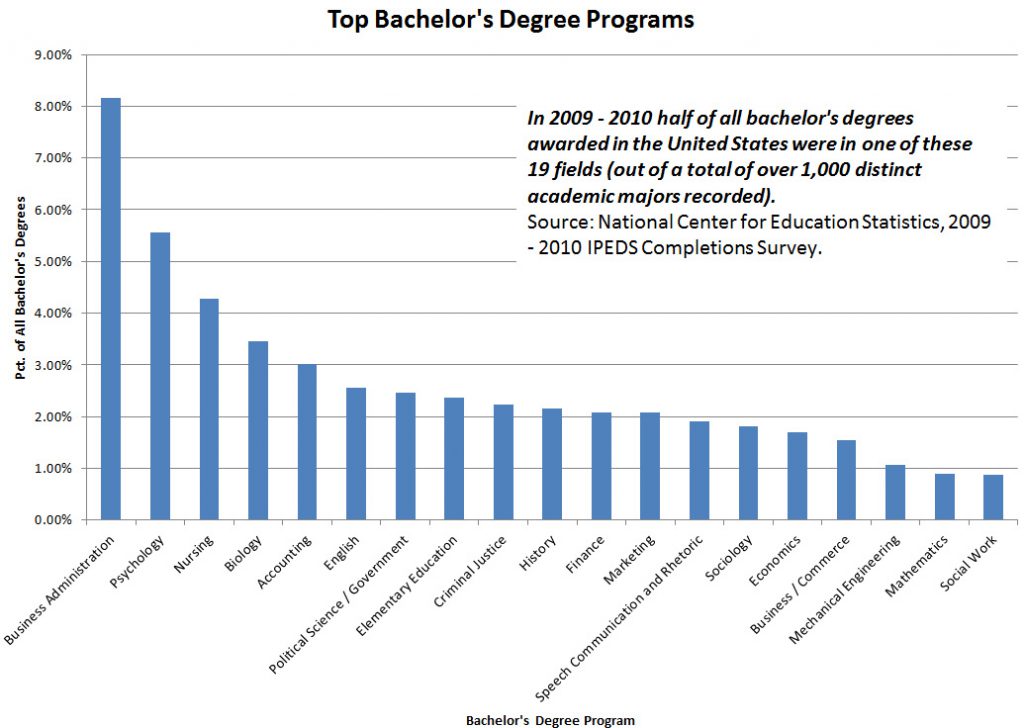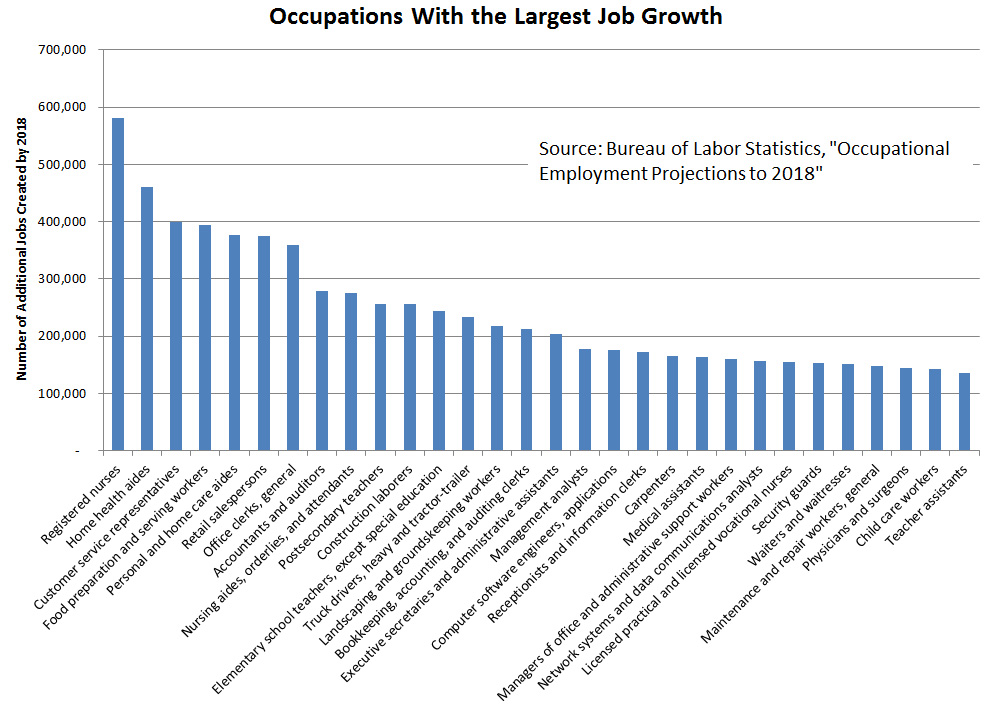enrollment
Academic program demand: How can you tell today what students want to study tomorrow?
I visited a campus recently to meet with the president’s cabinet to discuss optimum enrollment size for their institution. They were a very pragmatic group, so this was not an abstract, blue-sky discussion. As we reviewed the various strategies for enrollment growth, we turned to the question of new programs to offer and reviewed data on programs that are in high demand.
Then the vice president for enrollment asked a good question. “These data show what current programs are in high demand in our market. How do we know if there is some new program, that nobody is offering, that would attract lots of students if we offered it?”
I get this question a lot. It’s not the only reason why so many schools are doing program demand studies. They also want to understand why enrollment levels are low in some programs and if it is because demand has fallen. Or they want to migrate a campus-based program to online delivery and need to know if that will drive students away or expand the market.
The problem is not just one about predicting the future. It’s really about creating the future. It’s about what comes out of the curious phone call you get from a local recruiter asking if your school has any students who could do “X”? You’ve never heard of “X” before, but the next day you have coffee with a colleague on the faculty and you mention “X” to her and she starts telling you about a new research discipline in a twilight zone between two different academic departments on your campus.
You can start assessing the demand for academic programs by looking at secondary data on the numbers of degrees awarded by program. For instance, the graph below shows that only 19 major fields of study comprised half of all bachelor’s degrees awarded in the United States in 2009-2010.

However, that just tells you what things have been like and it won’t alert you to the next big program lurking around the next corner.
Occupational projections from the Bureau of Labor Statistics (BLS) or your state’s economic development office can tell you which careers are going to be in high demand. Here are the occupations that the BLS projects will have the largest job growth in the next seven years.

But back when there was no Internet (alas, I remember those days) you can be sure that the occupational projections didn’t show the huge demand for people who could work as “network systems and data communications analysts.”
In reality, all of the available secondary data, even the occupational projections, tell us about today, not tomorrow.
To fully answer the question posed by the VP for enrollment, you need “boots on the ground” in terms of data—you need to conduct a survey. The survey will need to be carefully designed. It’s not enough just to target the right respondents. The questions have to get behind what first comes to mind when prospective students are asked the question, “What program would you be most likely to study?” You will need to have some rough idea of the kinds of programs you might be looking for and spend a good deal of time thinking about how someone might decide to be interested in a program that, right now, nobody offers.
Simply put, you’ll need that “X” factor, that one you heard about from the recruiter and your friend on the faculty. With that and a good survey design, you’re well on your way to finding the next big thing.
What are the new programs you’re talking about on your campus? Feel free to leave a comment below or drop me an e-mail.